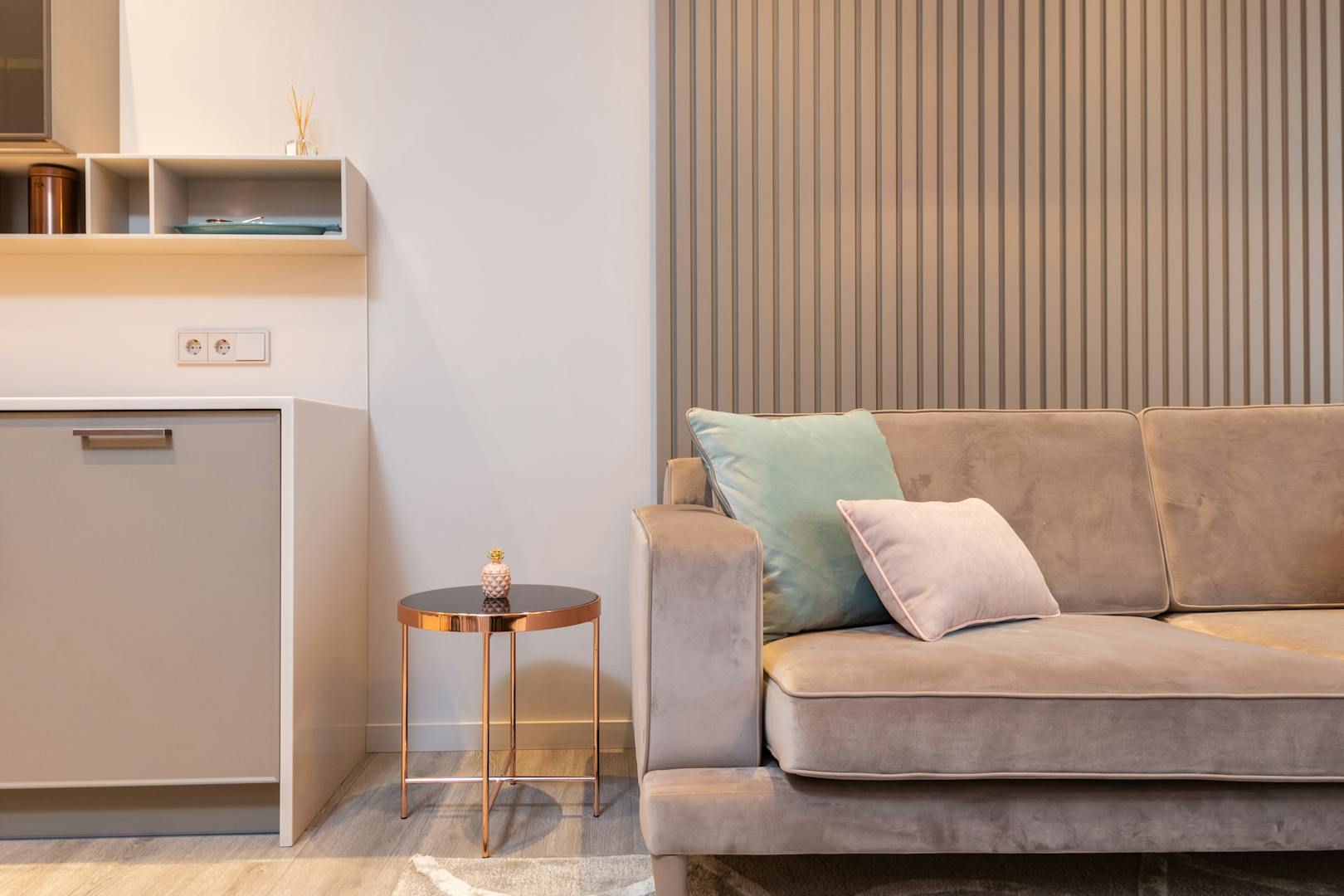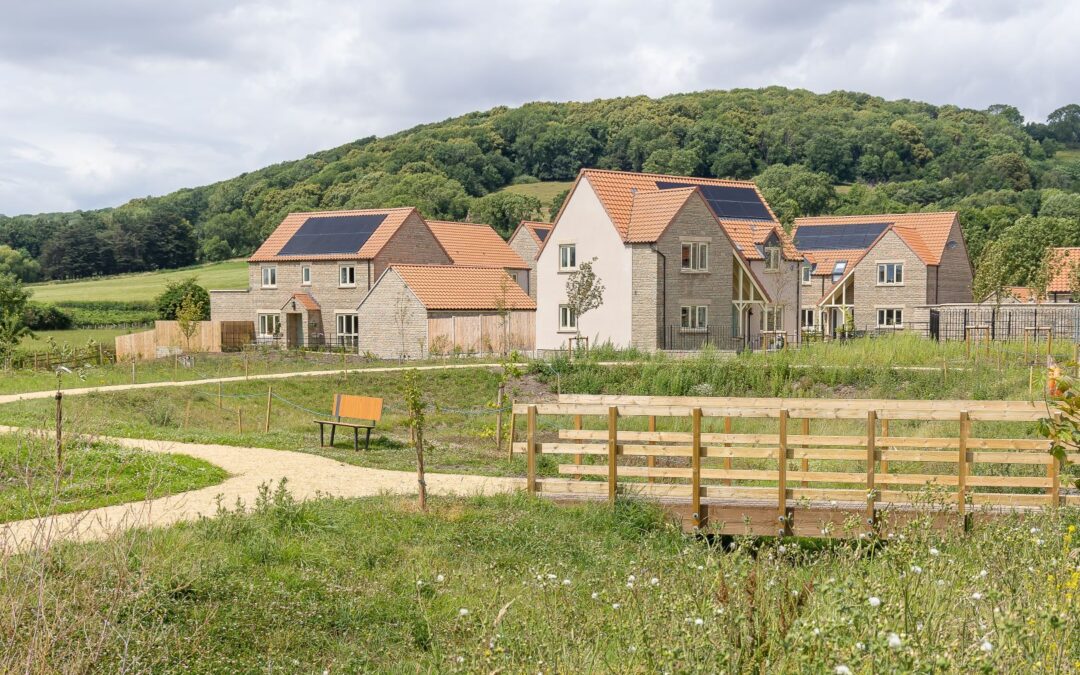In today’s property market, the quest for affordable housing often boils down to two popular options: Shared Ownership and renting. Both pathways offer distinct advantages over traditional homebuying, however, also come with potential limitations for some. This makes the decision highly personal and situational.
As property prices, mortgage rates, and rental markets fluctuate, understanding the intricacies of Shared Ownership versus renting is crucial for prospective homeowners and tenants alike.
Our experts explore the ins and outs of both renting and Shared Ownership, looking at the financial implications, lifestyle impacts, and long-term benefits to help guide you toward the best choice for your circumstances.
The pros and cons of Shared Ownership
We explore the pros and cons of Shared Ownership:
Why choose the Shared Ownership scheme?
Affordability
Shared Ownership is a great option for first-time buyers looking to get on the property ladder with minimal deposits required since you are only purchasing a percentage of the total property. This makes home ownership highly accessible to those who might struggle to afford a full mortgage, such as long-term renters as well.
Staircasing to increase ownership
Opting for Shared Ownership means you have the option to increase your ownership stake over time, a process known as staircasing . Gradually increasing your ownership of the property is an easy route to home ownership as there’s no obligation to buy more shares, and you can do so as and when your financial situation allows. Eventually, if you desire, the property will be yours outright.
Living stability
Unlike renting, Shared Ownership provides a more stable living arrangement. Your home is yours to live in as long as you maintain your mortgage and rent payments, offering greater security and the ability to make long-term plans, such as finding work in the area or enrolling your children into local schools.
Brand new properties with top-of-the-range amenities
Typically, when buying a property through the Shared Ownership scheme, you’ll be purchasing a new home. As such, it will be built to the highest standards and latest building regulations with modern fittings and designs, and even accessible to communal amenities such as swimming pools.
What are the potential limitations of Shared Ownership?
Eligibility requirements
Shared Ownership isn’t for everyone and there are certain criteria that you must qualify for in order to benefit from the scheme. Read our full guide to find out if you’re eligible.
Rental and service fees
While you own a share of the property, you still have to pay rent on the remaining portion. Despite being responsible for these rental fees every month, they are typically not as high as regular rent as it is only applicable to the percentage of the property that you don’t own. This means your monthly rent is likely to reduce as you staircase.
Selling your property isn’t as simple as with a home you own outright
Selling a Shared Ownership property can be more complicated and time-consuming compared to a fully owned home since you may need permissions from the housing association that owns the remaining portion or they may want to sell it themselves. However, if the housing association is unable to find a suitable buyer after 6-12 weeks, you can sell it on the open market like you would with any other property.
Home improvements may be restricted
As you don’t own all of the property, you may be restricted from home renovations, especially projects like loft conversions or extensions. However, this won’t stop you from making the home your own and styling the interior to suit you.
| Pros of Shared Ownership | Limitations of Shared Ownership |
| Low deposits required | Eligibility requirements apply |
| Easy route to homeownership | You pay rent and service charges |
| Ability to increase ownership at your own pace | Home improvements may be restricted |
| Provides a stable living arrangement | Selling your home can be more complex |

The pros and cons of renting
We explore the pros and cons of renting:
What are the benefits of renting?
Flexibility to relocate
If you’re always relocating and don’t plan on settling down anytime soon, renting is a great option as you aren’t tied down. You can obtain short-term leases and this makes it a fantastic temporary option.
Low upfront costs
Renting usually requires a smaller initial financial commitment compared to buying a home. There’s no need for a large down payment, and many rental properties only require a security deposit and the first month’s rent to move in.
Repair costs are covered
As a renter, you’re not responsible for most maintenance and repair costs. Landlords typically handle these expenses, saving you both time and money. This can be particularly beneficial if home maintenance isn’t your cup of tea or you don’t have the financial means to deal with unexpected repairs, like a broken boiler or leaky roof.
Upsize or downsize as need
Financial and family situations change as life goes on. Renting gives you the freedom to upsize to a bigger property or downsize to a smaller one as needed. Got a little one on the way and need an extra bedroom? Or have a new job that requires a home office? Whatever the reason, sometimes having this extra flexibility is helpful.
What are the limitations of renting?
Lack of equity
Unfortunately, when you rent, your monthly rent payments do not contribute towards owning the property. Unlike a mortgage, rent doesn’t build equity and you won’t have an asset to sell or borrow against in the future.
Instability
Renting doesn’t provide the same stability as owning a property. While short leases means more flexibility, they also mean that landlords can decide not to renew your lease, sell the property, or raise the rent, which could leave you being forced to move out unexpectedly.
Restrictions
Rental properties often come with restrictions on modifications and decorations, limiting how ‘homey’ you can make it. Likewise, there can be restrictions on the types of pets you’re allowed, which can make it challenging to find a new home for you and your furry family.
Large deposits and payments
When renting, you’ll often be required to pay a big deposit and a few month’s rent in advance, so you need to make sure you’ve got the cash for it.
| Pros of renting | Limitations of renting |
| Low upfront costs | Lack of equity |
| Flexibility to relocate often | Less stability |
| Repair costs are covered | Limited decorations allowed |
| Upsize or downsize when needed | Pet restrictions |
Shared Ownership vs renting: what’s the right choice for you?
Choosing between Shared Ownership and renting depends on your financial situation, lifestyle preferences, and long-term goals. Here are some questions you need to ask yourself to help you decide what’s best for you:
Do you have a stable income and are you ready to invest in property? If your financial situation is uncertain, renting could be more suitable, whereas, if you’ve saved enough for a deposit, could you now look into buying a property?
Do you see yourself needing to relocate in the near future? If so, renting offers freedom to move with minimal hassle. Or would you like to settle down and build a home for you and your family? Shared Ownership enables you to get on the property ladder with stability for your family.
Ultimately, the decision between Shared Ownership and renting hinges on your individual circumstances and priorities. By weighing the pros and cons of each option, you can make a more informed choice that aligns with your needs.






